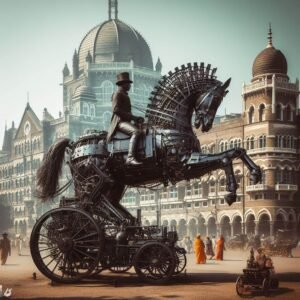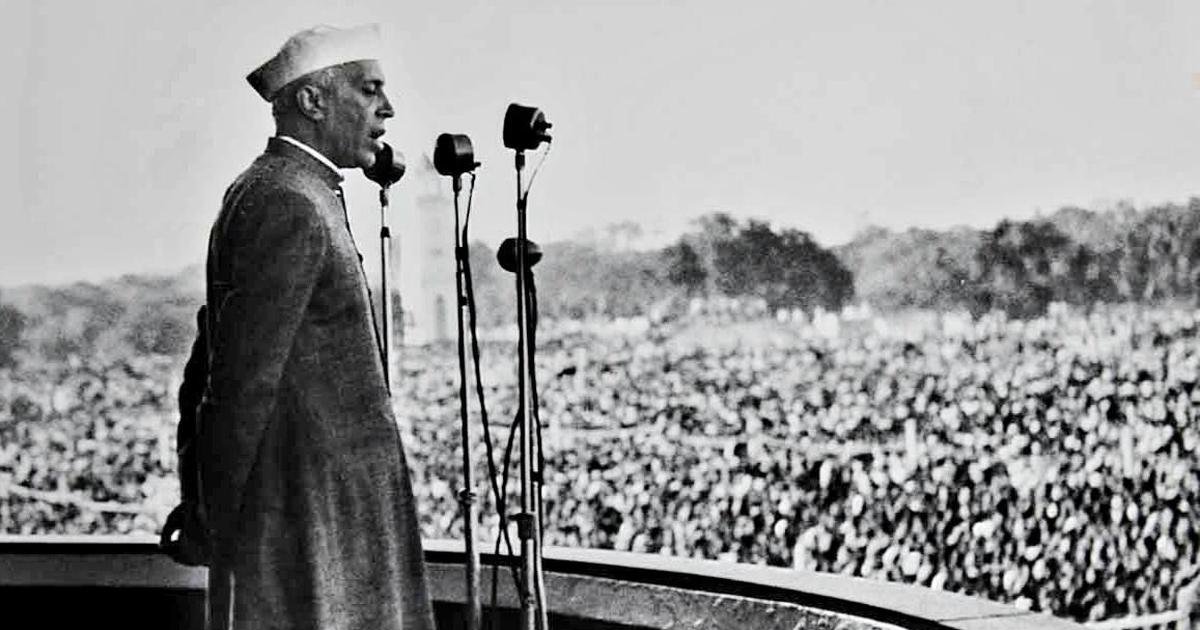
How did Nehru feel equally at ease in the worlds of science, architecture, law and literature?
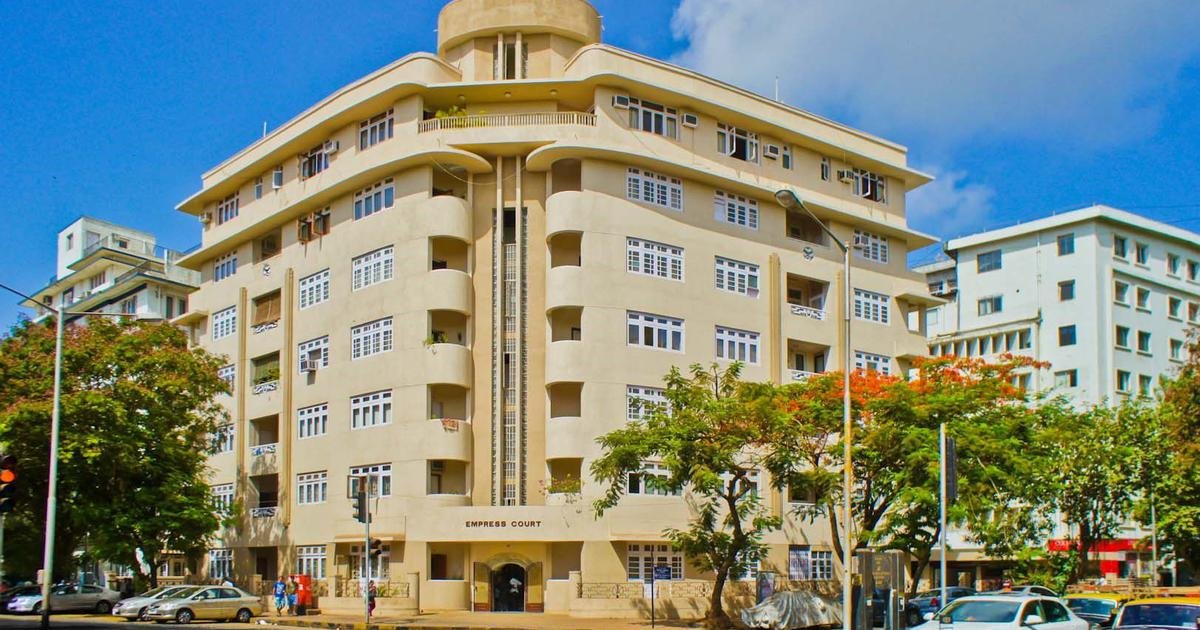
Mumbai’s architecture is losing its poetry
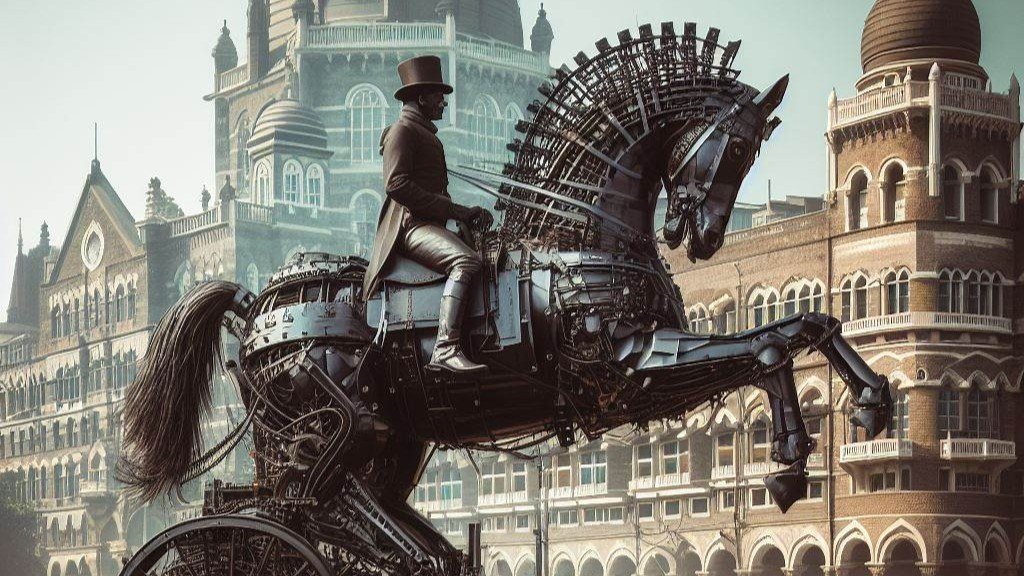
Steampunk: A Dark Horse comes to town
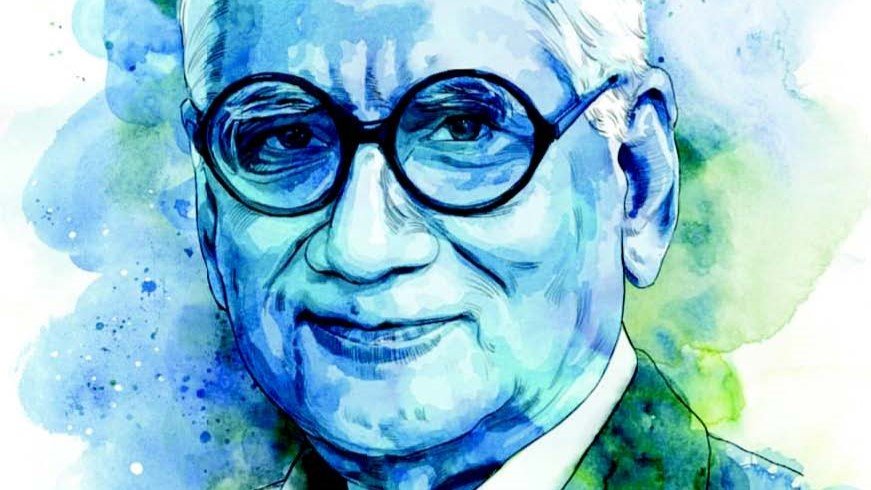
Charles Correa: Citizen Charles
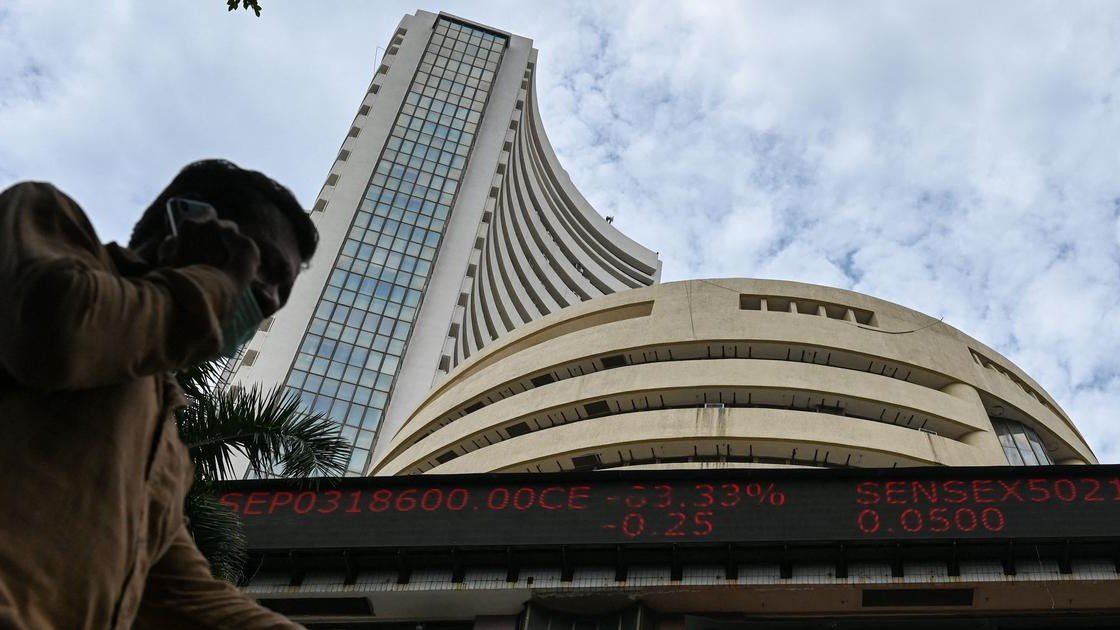
The audacious man behind the iconic Bombay Stock Exchange building
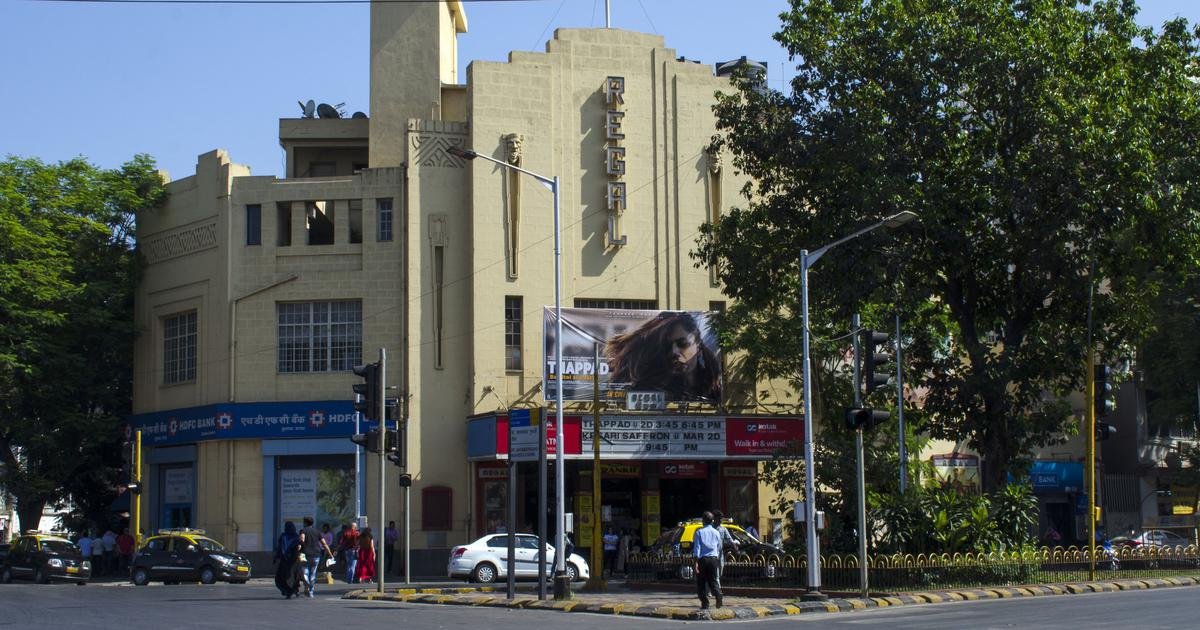
What makes Mumbai’s Regal cinema truly special

Celebrating Citizen Charles
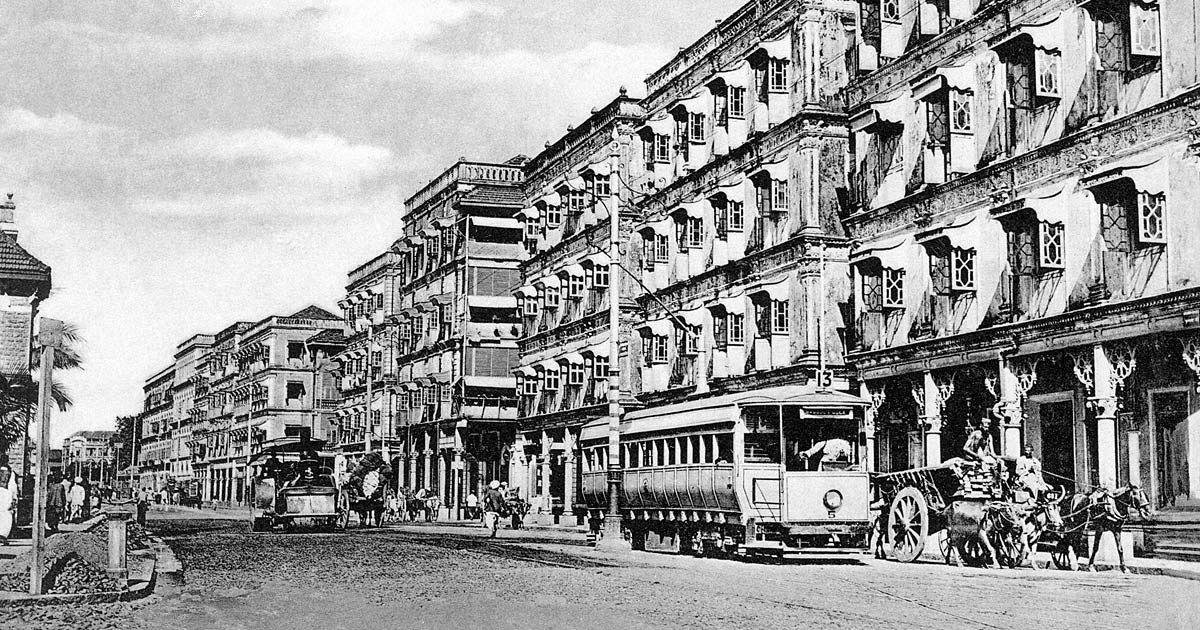
A restaurant menu from 1935 is a reminder of how much Bombay has changed
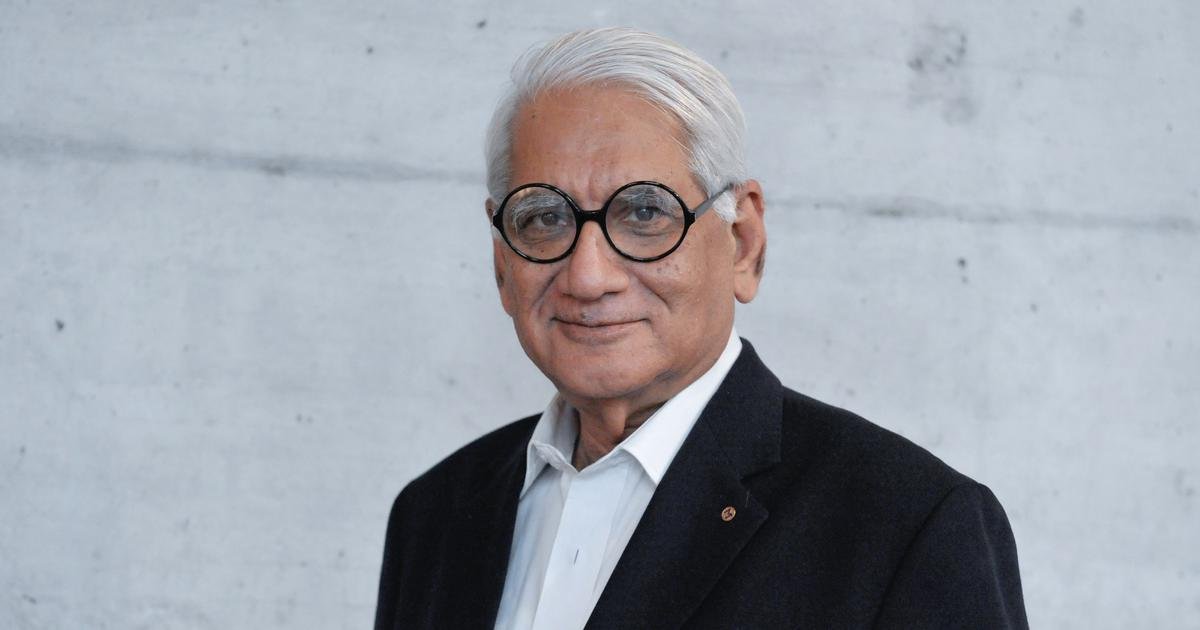
From the biography: How Bombay’s diverse architectural landscape inspired architect Charles Correa

Book Extract: Architecture of the nation state
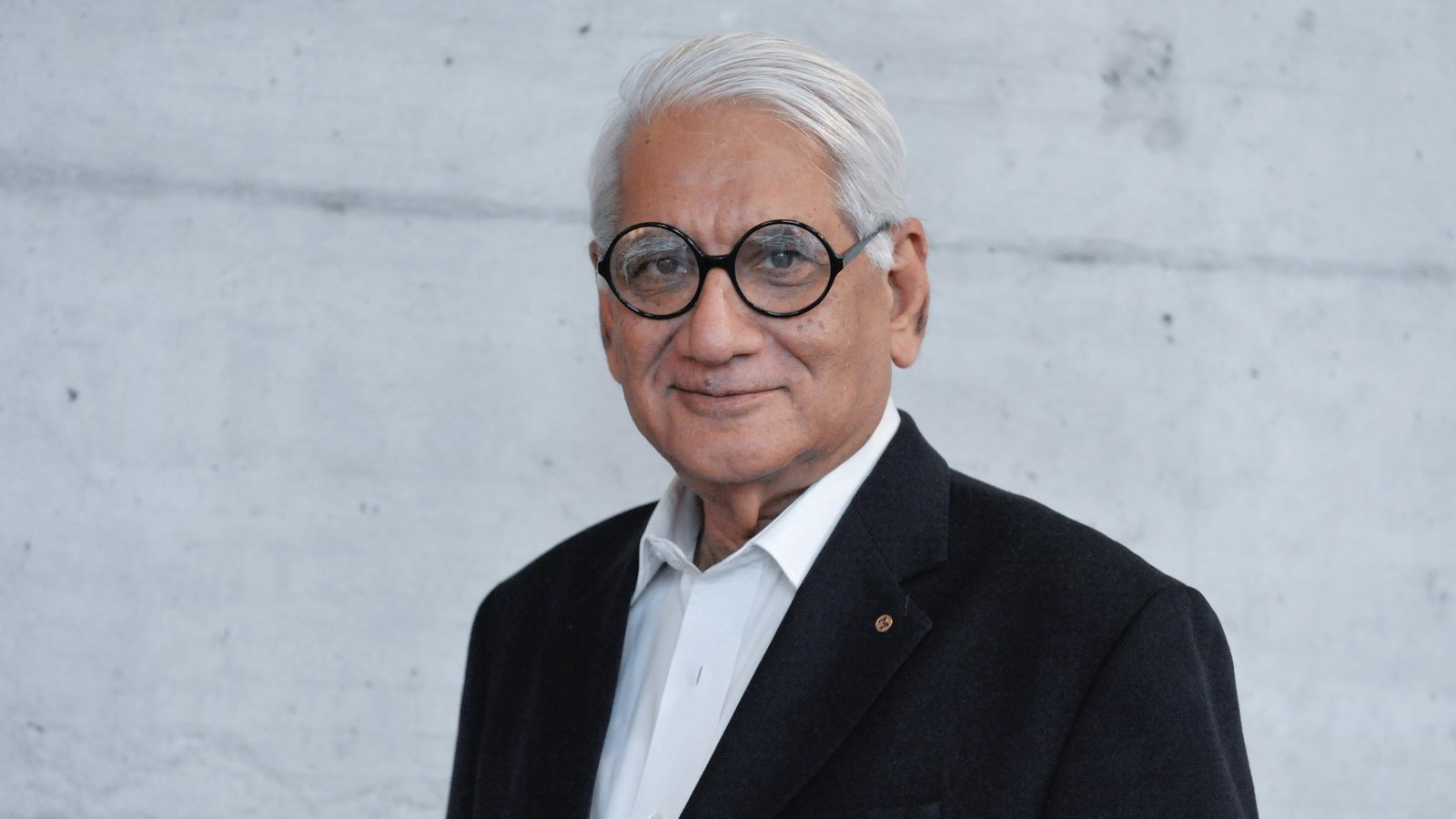
चार्ल्स कोरिआंचं सुलभ चरित्र (LOKSATTA)
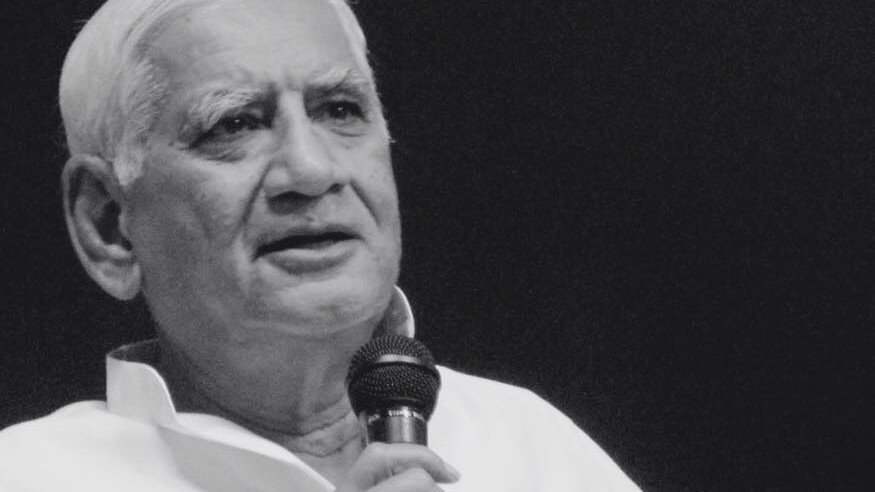
This new biography about Mumbai architect Charles Correa explores his visionary genius (MID-DAY)
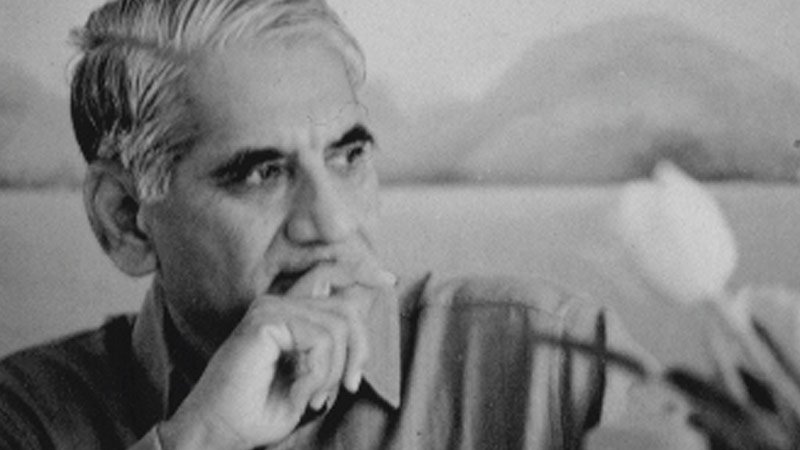
Remembering Charles Correa’s ‘Architecture for Argument’ Plans
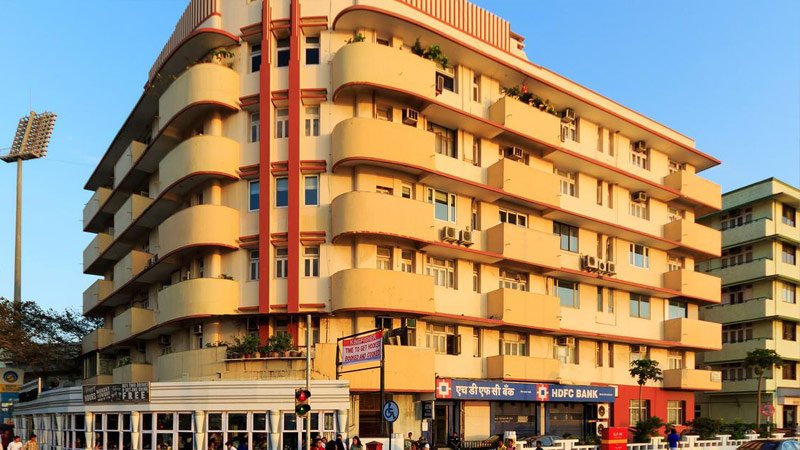
How Mumbai’s Art Deco buildings evoke the sea
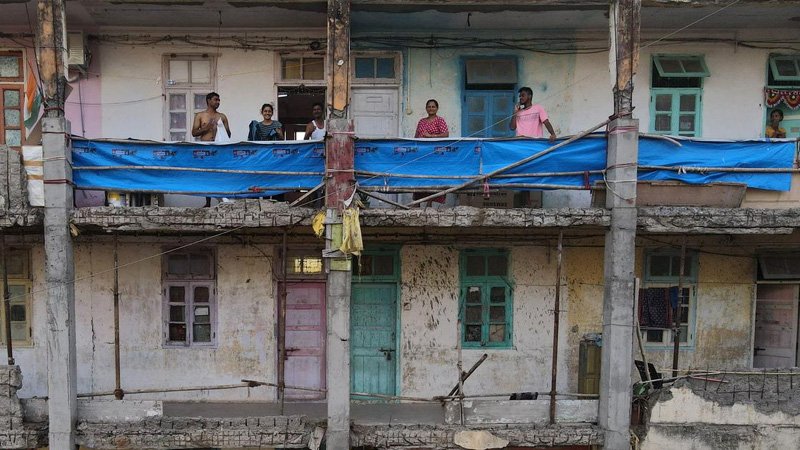
Mumbai’s ageing buildings need renovation – not redevelopment
Showing 1-15 of 74 results
